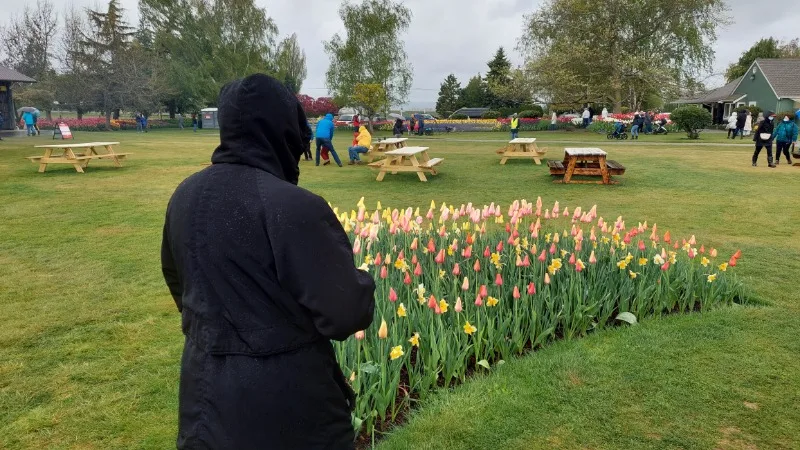We all make assumptions every day about the way the world works and our places in it. These assumptions color our perceptions about the way things work, and these perceptions influence our reality. By changing our assumptions and our perceptions we can create a different reality for ourselves. Let’s talk about how this works.
Assumptions
We all make assumptions every day about the way the world works. I assume when I get out of bed in the morning that the sun has indeed come up again. When I make my way to the bathroom I assume power is on, so I’ll be able to turn on the lights and to hop in the shower. When I get in my truck and drive downtown, I assume that my office hasn’t burned down during the night and that I still have a place to practice. As I make my way through the day’s schedule, I assume my patients will show up for their appointments.
While some of these assumptions are more accurate and valid than others, they are all assumptions. We all have to make a certain number of assumptions every day. For most of us, the vast majority of these assumptions are effective, and they lead to positive results and positive consequences; however, on occasion we might make assumptions that lead us to negative consequences.
So assumptions can be both positive and negative. I assume my wife loves me and that our lives together will be positive and productive. Because of this, we usually have a good relationship. What if I assumed that she was cheating on me? Would that be likely to result in a positive experience for me or for my wife? What if I made such an assumption with zero evidence to back it up other than my own opinion? Would that be more likely to result in a positive, or a negative, outcome?
Our assumptions lead to our beliefs about life and our place in it. Our assumptions also lead to how we interact with others in our lives. Taken together, all of our assumptions about the way the world works create a lens through which we view the world. This lens is our perceptions.
Perceptions
Confirmation Bias is the tendency we all have to look for evidence that supports our beliefs and assumptions while rejecting any evidence to the contrary. This rejection of contradictory evidence doesn’t even have to operate on a conscious level. It can be an automatic process.
World-famous magicians Penn and Teller once did an experiment on perceptions for their television show. The experiment involved how people perceived organically-grown food versus food grown by traditional farming methods. In this experiment they divided a banana in half. Participants in this experiment were told that the two halves of the banana were from different bananas: One grown organically and one grown traditionally. Both halves of the banana were actually from the same fruit, but participants were not aware of this fact. People consistently identified the banana that was supposedly grown organically as having better flavor and texture than the other half of the same banana!
What had happened here was that the people in the experiment had a perception about organic fruit. That perception actually worked to create a different taste experience for different halves of the same banana, based on their assumptions about the superiority of organically-grown fruit.
We all have a natural tendency to allow our assumptions color our perceptions of the world. If I assume my wife loves me, I’m going to automatically look for evidence to support that theory while rejecting any evidence to the contrary. If I assume that my wife hates me, I will likewise look for evidence to support that claim while rejecting evidence to the contrary.
My assumptions about my wife’s feelings for me have created a perception filter that causes me to seek out evidence to confirm my assumptions. In this way, our assumptions and perceptions work together in ways that tend to create the day-to-day reality we experience. Together these assumptions and perceptions form our confirmation bias of our day-to-day reality. That is, we are automatically biased to create a reality based on our assumptions and perceptions.
Reality
We create our reality based on our assumptions and our perceptions about the world and our place in it. By making assumptions about the world, and using our perceptions, based on those assumptions, to look for evidence to support our beliefs, we eventually create a reality that reflects those assumptions and perceptions. We’ll look more closely at how this happens in the next section, but for now consider that each of us has a story.
This story is about us. It is our autobiography, and we are the authors. I can use my assumptions and perceptions to write this story, and I can use this story to create the reality of my life. If I assume I am a happy, well-adjusted person, and I look for evidence to support this assumption, I have set my perception filter to find such evidence.
As I write this story of a happy, well-adjusted person, I create that reality in my life. Such a story is independent of the circumstances in which I find myself. I can be happy and well-adjusted living in a cardboard box under a bridge if I have learned to seek evidence that creates that reality for myself. I can also create a story that would lead me to be an unhappy and miserable person even if I lived in a palace and had all the money in the world.
It is therefore not the external circumstances of my life that create my emotional reality. It is my assumptions and perceptions about who I am and what I choose to be that create my reality.

